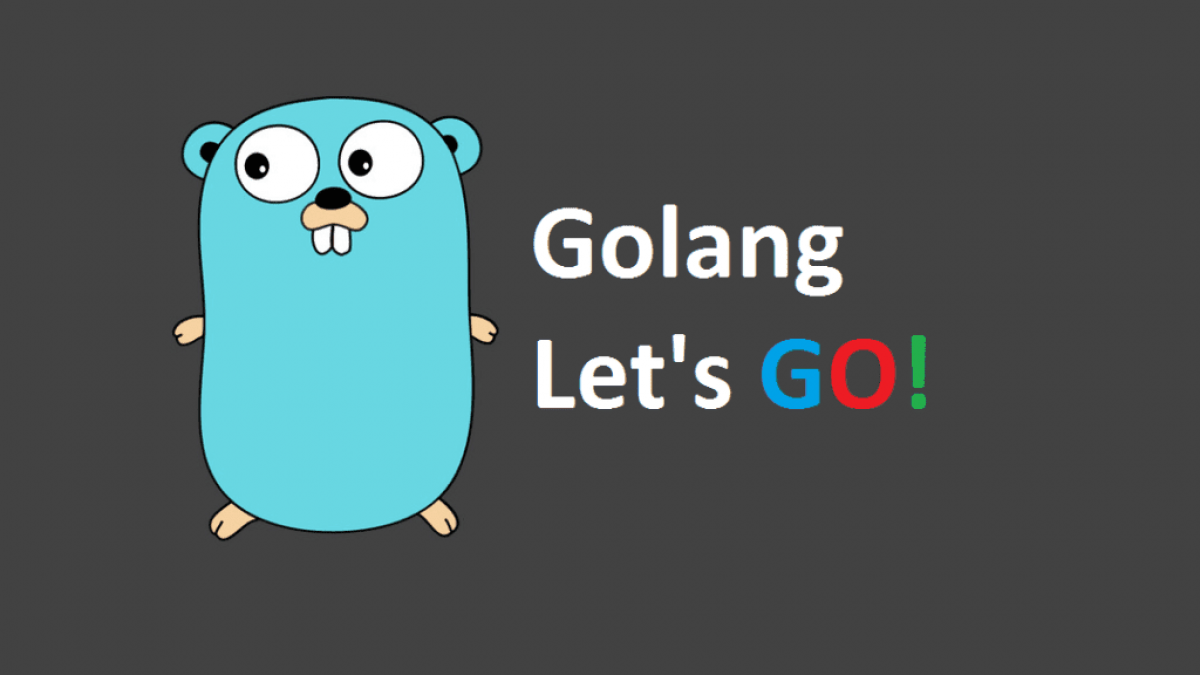警告
本文最后更新于 2022-03-08,文中内容可能已过时。
![/images//img/20220326174554.png]()
1.变量声明
1
2
3
4
5
6
|
var str string,num int // false
var str1 string, str2 string = "11","22" // false
var str1 string,str2 string,number int = "11","22", 2022 //
false
var str1 , str2 string = "11", "22" // true
var str1 ,str2 , number = "11","22", 2022 // true
|
2.":=“不能用于已声明的变量
1
2
3
4
5
6
7
|
var str string := "111" // false
var str := "111" // false
var str
str := "1111" // false
str1 := "222" // true
|
3.”:=“不能在函数体外使用
1
2
3
4
5
6
7
8
9
|
package main
import "fmt"
str1 ,str2 := "one","two" // false
func main() {
}
|
4.常量不能使用”:=“声明
1
|
const world := "222" // false
|
5.fallthrough语句
go语言中switch匹配成功后不会自动向下执行其他case,而是跳出整个switch, 但是可以使用fallthrough强制执行后面的case代码
1
2
3
4
5
6
7
8
9
10
11
12
13
14
15
16
17
|
s := "abcd"
switch s[0] {
case 'a':
fmt.Println("The character is a")
fallthrough
case 'b':
fmt.Println("The character is b")
fallthrough
case 'c':
fmt.Println("The character is c")
fallthrough
case 'd':
fmt.Println("The character is d")
fallthrough
default:
fmt.Println("default case")
}
|
输出结果:
1
2
3
4
5
|
The character is a
The character is b
The character is c
The character is d
default case
|
把s[0]改为s[1]输出:
1
2
3
4
|
The character is b
The character is c
The character is d
default case
|
没有条件的 switch 同 switch true 一样,也可以表述if-then-else
1
2
3
4
5
6
7
8
9
|
switch {
case true:
fmt.Println("true")
fallthrough
case false:
fmt.Println("false") // 上一个case使用了fallthrough,会强制执行本case
default:
fmt.Println("default case")
}
|
输出结果:
6.切片相当于数组的引用,修改切片相当于修改原数组
slice[i:j:k]其中 i 表示从 slice 的第几个元素开始切,j控制切片的长度(j-i),k 控制切片的容量(k-i),如果没有给定 k,则表示切到底层数组的最尾部
1
2
3
4
5
6
7
8
9
10
11
12
13
14
15
16
17
18
19
20
21
22
23
24
25
26
27
28
29
30
|
package main
import "fmt"
func main() {
s := []int{2, 3, 5, 7, 11, 13}
printSlice(s) // 6 6 [2,3,5,7,11,13]
// 截取切片使其长度为 0
s = s[:0]
printSlice(s) // 0 6 []
// 拓展其长度
s = s[:4]
printSlice(s) // 4 6 [2 3 5 7]
// 舍弃前两个值
s = s[2:]
printSlice(s) // 2 4 [5 7]
s = s[:2]
printSlice(s) // 2 4 [5 7]
s = s[2:4]
printSlice(s) // 2 4 [11 13]
}
func printSlice(s []int) {
fmt.Printf("len=%d cap=%d %v\n", len(s), cap(s), s)
}
|
输出内容:
1
2
3
4
5
6
|
len=6 cap=6 [2 3 5 7 11 13]
len=0 cap=6 []
len=4 cap=6 [2 3 5 7]
len=2 cap=4 [5 7]
len=2 cap=4 [5 7]
len=2 cap=2 [11 13]
|
7.切片的append()函数会智能地处理底层数组的容量增长
可能容量和长度会出现不一致
1
2
3
4
5
6
7
8
9
10
11
12
13
14
15
16
17
18
19
20
21
22
23
24
|
package main
import "fmt"
func main() {
var s []int
printSlice(s)
// 添加一个空切片
s = append(s, 0)
printSlice(s)
// 这个切片会按需增长
s = append(s, 1)
printSlice(s)
// 可以一次性添加多个元素
s = append(s, 2, 3, 6, 7) // 容量变成6了不是5
printSlice(s)
}
func printSlice(s []int) {
fmt.Printf("len=%d cap=%d %v\n", len(s), cap(s), s)
}
|
8.映射的使用
1
2
3
4
5
6
7
8
9
10
11
12
13
14
15
16
17
18
19
20
21
22
23
24
25
26
27
28
29
30
31
32
33
34
35
36
37
38
39
40
41
42
43
44
45
46
47
48
49
50
51
|
package main
import "fmt"
type Vertex struct {
Lat, Long float64
}
var t1, t2 map[string]Vertex // 声明
func main() {
t1 = make(map[string]Vertex)
t2 = make(map[string]Vertex)
t1["hello"] = Vertex{ // 初始化
101.33, 45.99,
}
t2["xxx"] = Vertex{
1055.366, 5.66,
}
fmt.Println(t1)
fmt.Println(t2)
m := map[string]Vertex{"hello": {102.00, 1.30}} // 初始化
fmt.Println(m)
p := map[int]string{1: "hello", 2: "happy"}
p[0] = "hello"
p[1] = "world" // 插入
fmt.Println(p)
n := map[int]string{}
n[0] = "happy"
fmt.Println(n)
for key, value := range p {
fmt.Printf("key = %v , value = %v\n", key, value)
}
delete(p, 0) // 删除
p[3] = "ok" // 更新
for key, value := range p {
fmt.Printf("key = %v , value = %v\n", key, value)
}
value,exist := p[0] // 查看值是否还在
fmt.Printf("p[0] = %+v exist? %v",value,exist)
}
|
输出结果:
1
2
3
4
5
6
7
8
9
10
11
12
|
map[hello:{101.33 45.99}]
map[xxx:{1055.366 5.66}]
map[hello:{102 1.3}]
map[0:hello 1:world 2:happy]
map[0:happy]
key = 1 , value = world
key = 2 , value = happy
key = 0 , value = hello
key = 3 , value = ok
key = 1 , value = world
key = 2 , value = happy
p[0] == exist? false
|
10.关于i++,++i
go语言中i++作为一条语句,和c语言中作为表达式使用有很大不同
1
2
3
|
j := i++ // syntax error: unexpected ++ at end of statement
fmt.Println(i++) // syntax error: unexpected ++, expecting comma or )
++i // syntax error: unexpected ++, expecting }
|

